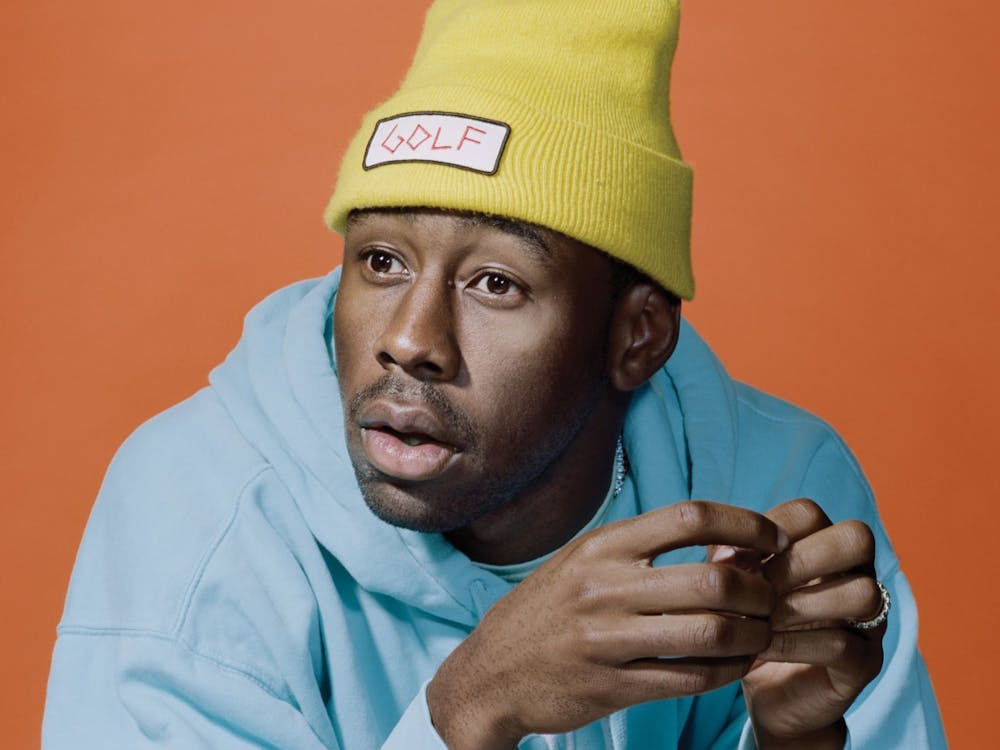To many, the term freestyling immediately inspires a vision of the XXL Freshman yearly cypher, prompting nostalgia of Kodak Black’s trouncing of whoever picked that “lil sorry a** beat.” To others, it recalls pleasant memories of nights spent spitting inebriated punchlines with friends. Professional freestyles, rapped by established acts, often take a backseat. However, a subculture has developed around them, one which, when navigated with poise, can endlessly expand your rap library.
The notion that a freestyle means a verse formed on the spot is common, but the term has been around since the 1980’s and, according to Big Daddy Kane, it simply means “a rhyme that you wrote that was free of style,” meaning unencumbered by any specific topic. Rappers write constantly, and only a small percentage of their lyrical content winds up in their songs. The high quality verses that do not make the cut are often too valuable to waste, and are performed live.
The most well-known arena for this activity is radio, whose most prominent character is Funk Flex. Every rapper worth his salt has at least one Flex freestyle under their belt. A decade ago, Hot 97.1 (Flex’s radio station) started to post the freestyles on YouTube in an attempt to modernize. Its channel has become is a library filled with fantastic performances by nearly every rapper alive.
Radio personalities like Flex and Sway are attempting to maintain relevance in the information age through these freestyles. They still conduct lengthy interviews, but few actually watch them. The final minutes of each interview, when the rapper is charged with justifying themselves through bars, are posted as a separate entity. Those videos are invariably more popular.
This old-school approach to freestyling has remained largely untouched over the past few decades. Rappers appear as a favor to the host or to promote their upcoming albums. Back when lyricism was king, legends would go and rattle off bar after bar, all top-tier by modern standards, as flippantly as possible. It is a more free-form and creative activity, so there are unique deliveries and out-of-character lyrics in abundance.
Masters would perform their work as a sort of exhibition of how technically polished and ingenious their raps were over dusty, reused beats. Today, that same generation still does this, which is why many of the best freestyles are actually from rappers far past their prime.
The radio method enjoys a greater audience today, due to YouTube and social media. They often see tremendous successes, such as Black Thought’s legendary Flex Freestyle, the contents of which will undoubtedly be taught in university courses. But, in these performances, younger rappers seem to be simply paying homage to an antiquated tradition. Currently, however, freestyling is being adapted to fit into the modern landscape.
2010’s rappers are far less lyrically complex, and their music is much more focused on the sonics. Therefore, the beats for modern freestyles have gotten exponentially better. They are still sample-heavy four bar loops, but they are not stock beats. They are crisper, with more intriguing background sounds and effects. Further, the goal is no longer to show off poetic dexterity: now, it is simply to sound good. That includes trading profundity for flow and airtight mechanics for a bouncy rhyme scheme.
The medium has changed too. While radio shows waste exorbitant amounts of time talking to rappers, asking them questions that can be answered by a cursory glance at their social media presences, new channels exist purely to facilitate freestyles. While many are small right now, the market is expanding, and new takes on the traditional are springing up all over.
One of the most exciting and entertaining evolutions is Kenny Beats’ “The Cave” series. In this show, he invites rappers to his studio. The game changing twist is that both the rappers and the producer “freestyle.” Kenny makes a beat from scratch in under 10 minutes, and then watches the subsequent spur of the moment performance of a new and original song. Some of the episodes feature songs that could sell vastly better than much of the artist’s actual work. Vince Staples, Freddie Gibbs, Maxo Kream and others are in rare form on their respective episodes. It’s as if this pressureless environment loosens them up to make their most fun music.
Rappers today still frequently appear on radio shows such as Funk Flex, Sway in the Morning and Big Boy’s Neighborhood. Because their content is less elaborate, they are better suited to hip-firing freestyles. Some are even prodigious. JuiceWrld, confusingly, is one of the most talented impromptu rappers ever, rivalling Lil Wayne on occasion. He can even incorporate objects shown to him into his raps seamlessly. Tyler, the Creator is another fantastic spontaneous freestyler.
At a time when rappers need to release music more rapidly than ever to stay relevant, freestyles will only increase in importance. To tide over fanbases until the next project, they can take a few hours out of their day and do what they do best. If they are sufficiently impressive, Instagram and Twitter will be alight with the clip. Their exposure will spike, their fanbase will swell and their next release will be streamed much more often, all because they performed something not even good enough to be on their album.
Get The Chronicle straight to your inbox
Signup for our weekly newsletter. Cancel at any time.

